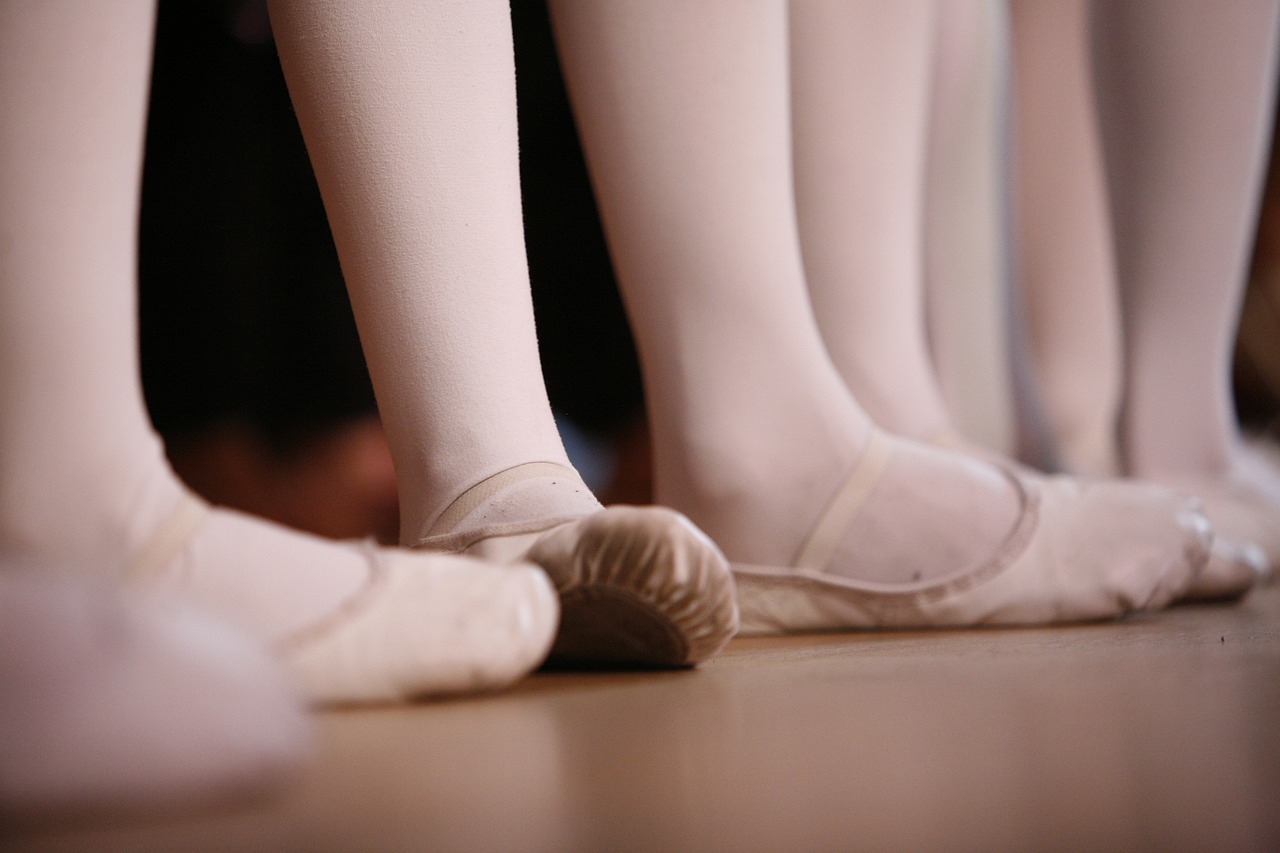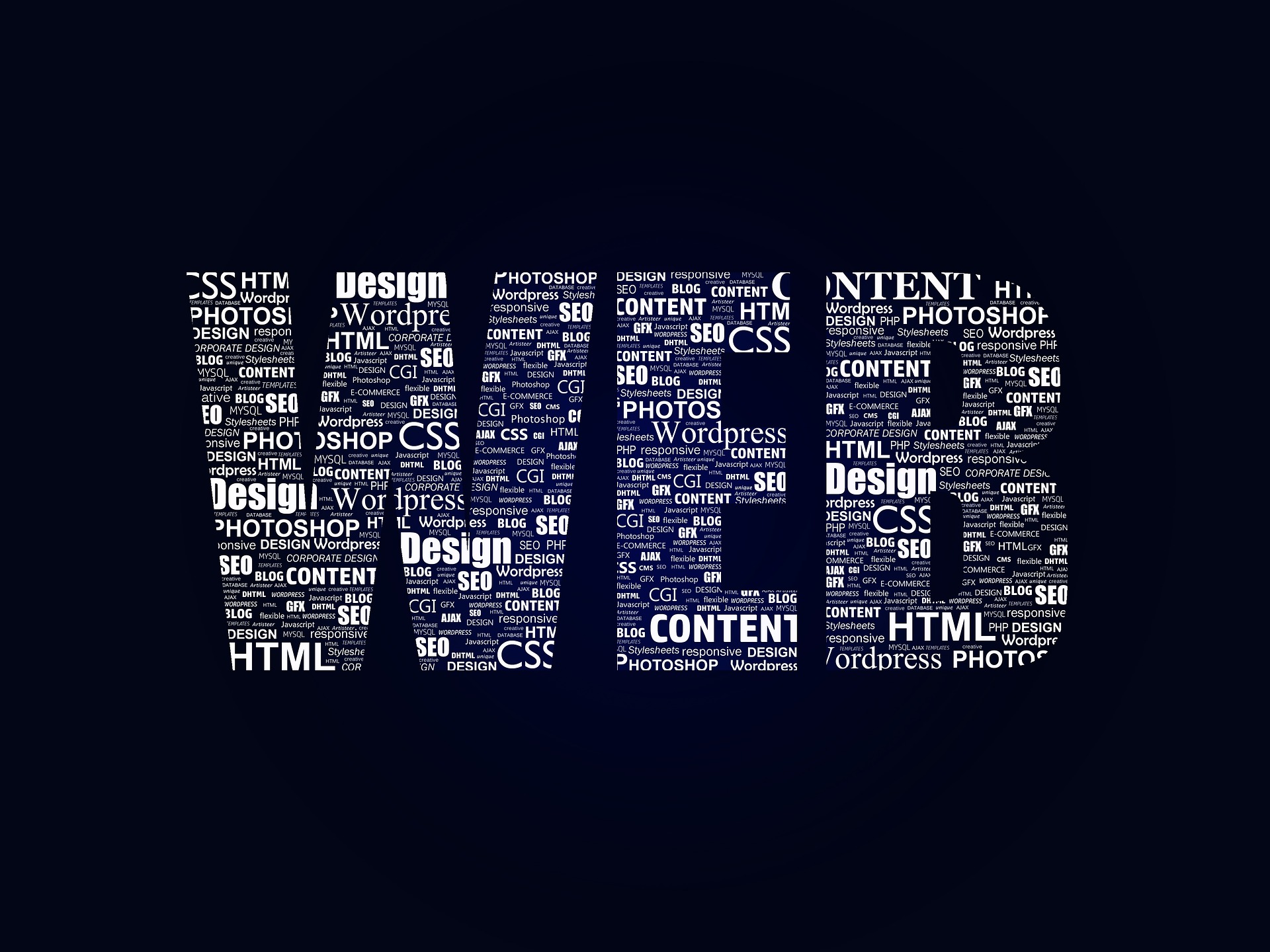Modernity Meets Tradition: The Intriguing Fusion of Classical Ballet and Digital Technology
Introduction: In an era where digital transformation is reshaping almost every facet of life, the arts world is no exception. The majestic art form of classical ballet has entered a new era, integrating advanced technologies to redefine its traditional boundaries. Let's delve into this intriguing fusion of classical ballet and digital technology that's revolutionizing performance arts.

The Historical Backdrop of Classical Ballet
Classical ballet, with its origins in the Italian Renaissance courts of the 15th century, has long been a revered and traditional art form. Known for its meticulous technique, pointe work, graceful movements, and ethereal quality, ballet has evolved through the ages while maintaining its classical roots. However, like all art forms, ballet too has been touched by the wave of digital transformation, leading to a fascinating amalgamation of tradition and modernity.
The Impetus for Change
The 21st century has brought a tide of technological innovation, impacting various sectors including the world of arts. The onset of COVID-19 pandemic only accelerated this digital shift. With theaters and ballet studios shuttered, artists turned to digital platforms to connect with audiences. The digital realm became an essential tool for survival, thus opening a new chapter in the evolution of classical ballet.
Ballet in Digital Spaces
Today, classical ballet is not confined to the proscenium stage — it has expanded to digital platforms. Ballet companies worldwide are leveraging advanced technologies to create immersive virtual performances, where viewers can experience the magic of ballet from their homes. Digital technology is also helping to democratize ballet, making it accessible to a wider audience beyond traditional theater-goers.
The Impact and Reception
The fusion of classical ballet and digital technology has been met with both admiration and skepticism. While some applaud the innovation and accessibility it brings, purists fear it may dilute the authentic ballet experience. However, it is undeniable that this fusion has broadened the reach of ballet, attracting a new generation of audiences and creating a more inclusive art form.
Looking Ahead
As technology continues to evolve, so will its use in classical ballet. From virtual reality ballet performances to artificial intelligence choreography, the possibilities are endless. While the digital realm can never fully replace the live, visceral experience of a ballet performance, it can enhance and complement it, offering new avenues for artistic expression and audience engagement.
In conclusion, the fusion of classical ballet and digital technology symbolizes the resilience and adaptability of the arts, proving that even the most traditional forms can find relevance in an ever-changing world. This fusion is not a threat to the sanctity of ballet, but an opportunity for evolution, ensuring the art form continues to captivate audiences for centuries to come.




